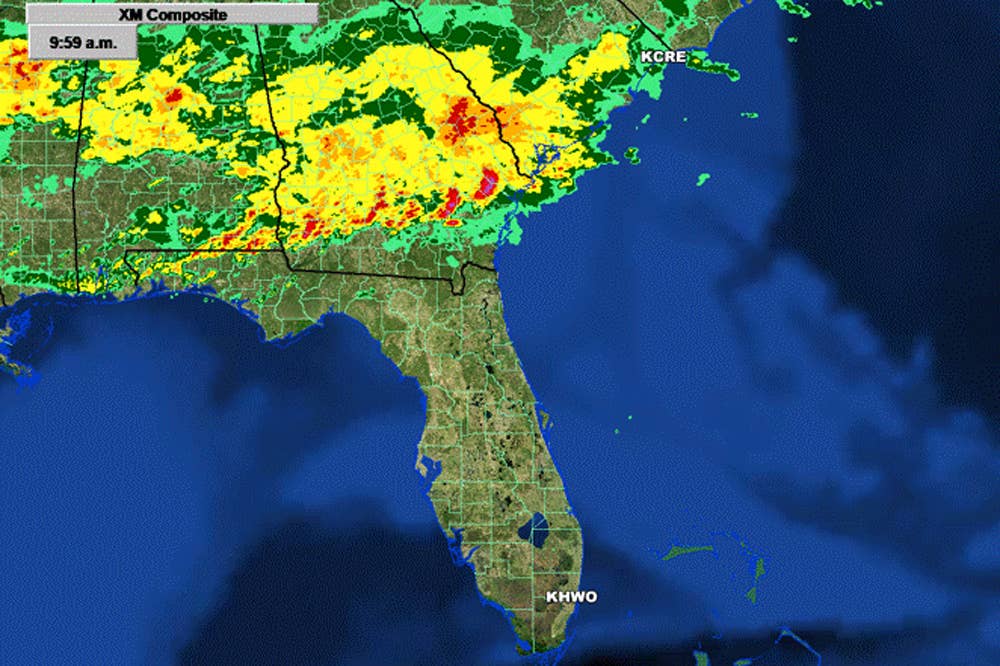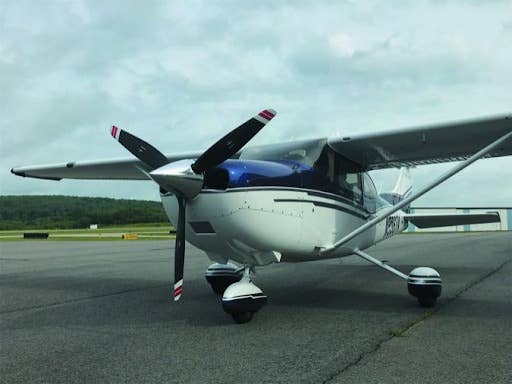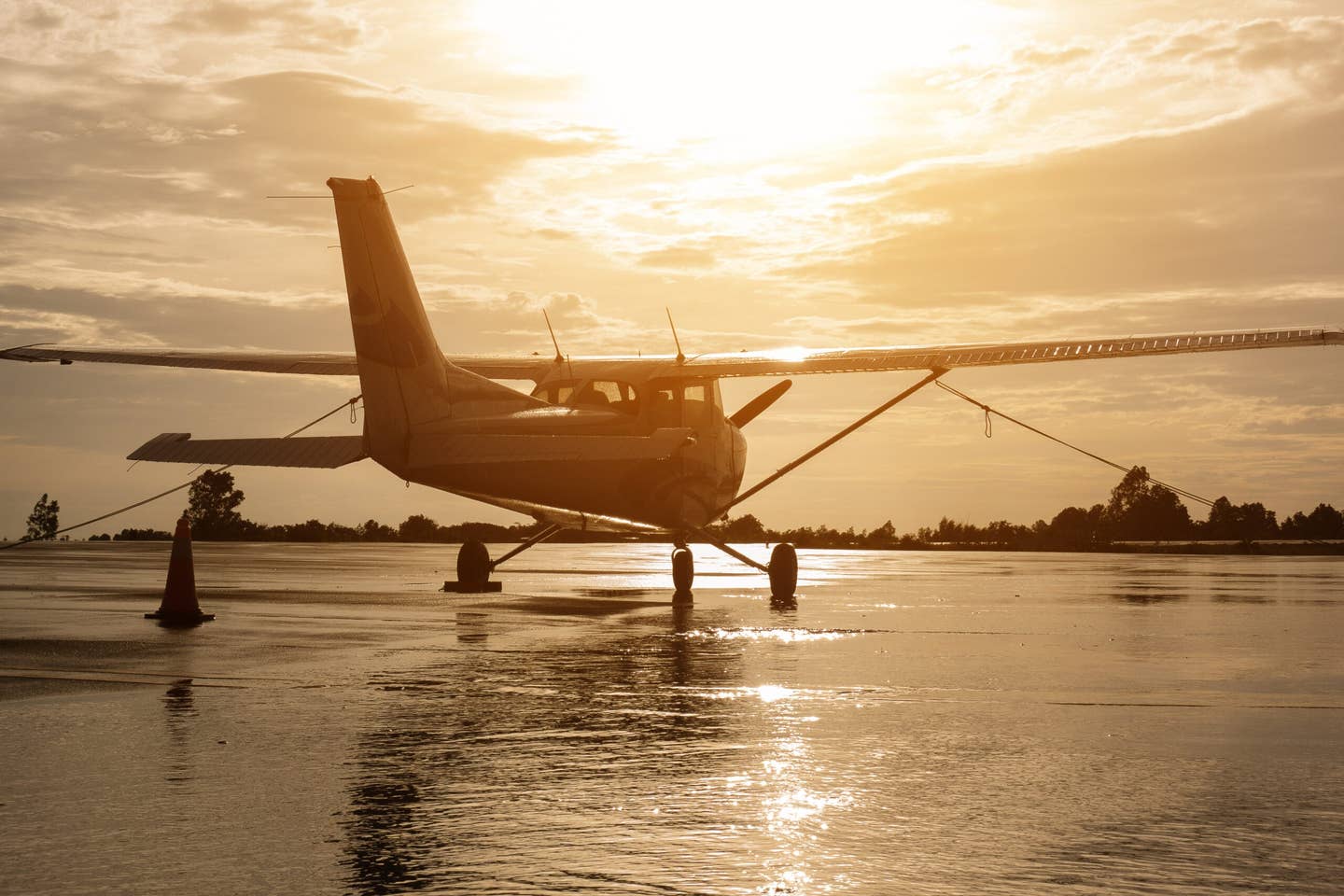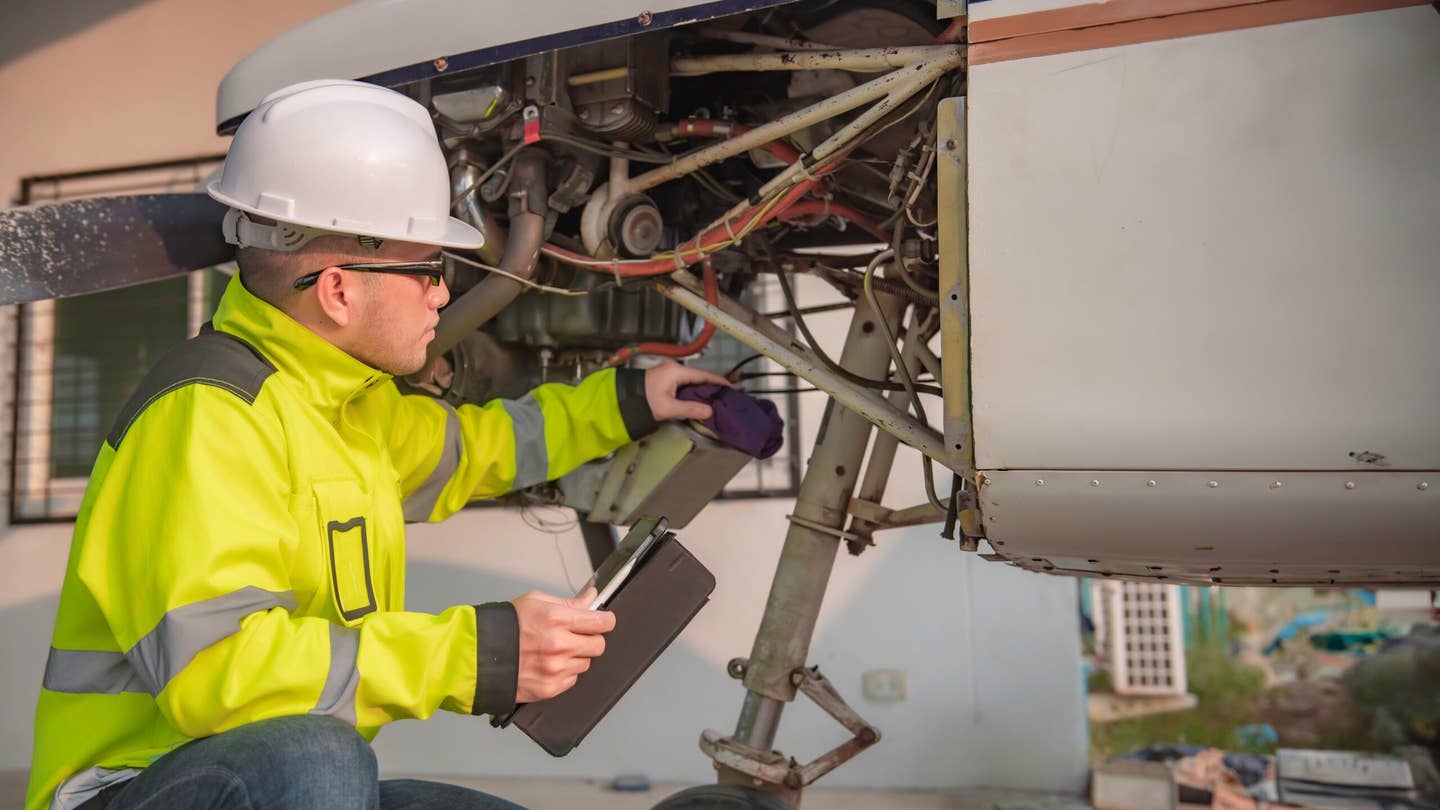
NEXRAD Radar on March 4th, 2020. Baron Weather
On February 25, 2020, my granddaughter, who lives with her husband in Hollywood, Florida, gave birth to a little boy, a first great grandson for my wife and me. As it turned out, I was scheduled to be out of my office at a three-day conference in Washington, D.C., the following week. With a quick calculation, I determined that I could attend the first day and a half of the conference, accomplish what I had to, and then, with an extra day out of the office, fly to Florida to greet the new arrival. My wife would book a commercial ticket, and we’d meet in Hollywood.
Our airplane, a 1981 Cessna T210N, was well-equipped with a GNS-530W, Aspen PFD1000, Garmin GTX345 Transponder with ADS-B in and out, Stormscope, oxygen with outlets for all six seats, full TKS deicing, and SiriusXM weather. We hangar at Republic Airport in Farmingdale, New York. I had accumulated almost 4,400 hours of flight time in the 25 years since my wife had bought me a birthday present of “a flying lesson.” This flying lesson led to my private pilot certificate, the purchase of a Piper Dakota, an instrument rating, a multiengine rating and, ultimately, the purchase of the Centurion. I always stayed instrument- and night-current. So I departed for D.C. on Saturday evening and landed at College Park (KCGS), the closest GA field to downtown D.C.
On Monday at noon, having accomplished what I needed to at the conference, I returned to KCGS, fueled the plane, and departed VFR for a pleasant one-stop flight to Hollywood/North Perry (KHWO), which had me back together with my wife for a meet-up with the new parents and their newest addition to the family that evening.
After a very pleasant Tuesday with family, it was time to plan our return to New York on Wednesday morning.
As I normally do before a long cross-country flight, I had been watching commercial and network weather for a few days, as well as the MOS forecast, to see what was developing. Weather was forecast to be benign, with one exception of a stalled front trailing a cold front lying across Georgia and South Carolina that would be generating a large swath of nastiness involving IMC, turbulence, and possible convection. The Prog charts and TAFs for the area had me concerned enough on Tuesday evening to question whether we’d be able to make it home that day. I was also concerned that even if I felt the flight was safe, it might be uncomfortable enough for my wife to want to book a commercial ticket back to New York. This was the beginning of the Covid-19 pandemic, however, and folks were not mask compliant on the flight down to Florida. Therefore, my wife chose to fly home with me despite the longer flight time and possible weather delays. I did have my wife pack an overnight bag in case we had to land short and wait out the weather in Jacksonville, which appeared to be the best plan B at the time.
We departed KHWO on Wednesday morning with an instrument flight plan filed for North Myrtle Beach (KCRE) at 9,000 feet. I was paying for a motel in Hollywood, and even if we had to wait out weather in the Jacksonville area, a night in Jacksonville would cost me no more and would likely provide me a nonstop back to our home base in Farmingdale once weather cleared.
During the time I flew northward along the Florida coast, I was studying the Stormscope and, while I saw no organized convective activity, I was still concerned because the SiriusXM Radar NEXRAD was showing pockets of heavy precipitation. The ADS-B weather pretty much agreed with SiriusXM, although it didn’t offer nearly as clear and distinct a picture of the precipitation.
The deciding factor became the SiriusXM Echo Tops feature. As I traveled north, I spent considerable time studying the Satellite Mosaic and Echo Tops. I was able to determine that most of the tops were at 15,000 feet, with clear skies at FL200. My aircraft—with Turbocharger, onboard oxygen and TKS deicing—was, and is, fully capable of flying into these flight levels. Based on the SiriusXM picture, I made the decision to climb to 15,000 and step up in 2,000 foot increments until I was clear. As we approached Jacksonville, I plugged in the oxygen masks and got cleared to 15,000 feet. I was also aware that the given winds aloft at 15,000 and FL180 as displayed on SiriusXM would make for a quick trip to Myrtle Beach.
At 15,000 feet, we were bumping along in very rough air—minimal precipitation but a lousy ride. Then 17,000 had us in IMC but smooth air and no precipitation. Ice started to accrete as we climbed through the low teens, so I turned on the TKS deice system. I leveled off at 17,000, and I could have continued my climb to FL 190, but as expected, the TKS handled the ice that formed until it was time to descend into Myrtle Beach for our fuel stop, making further climb unnecessary.
We landed in light showers and had a blast watching a US Marine Osprey performing rounds of touch-and-go’s while we fueled the plane and stretched our legs.
Our second leg had us north of the really nasty stuff, and we had a great time flying on top and in the clear listening to SiriusXM music all the way to New York.
Every time I read or hear about data link weather, the emphasis seems to be on the NEXRAD radar. NEXRAD is vitally important, but to make an informed decision about weather, you must utilize the many other features available from the SiriusXM toolkit. In my case, it made an “undoable” flight quite simple.
Without the SiriusXM Echo Top and Satellite Mosaic features, safety would have dictated that I land short of the weather, and I would not have made it home as quickly, if at all, that day.
Michael Harbater, 70, is very recently retired from 42 Years in the Building Material Business. He lives in the New York City area and thrives on getting over, under, around and through the New York Class Bravo Airspace.
A father, grandfather and great grandfather, he now spends his time flying and doting on his various offspring.
He began flying at 45 achieving his Private, Instrument and Multi. He flies for Angel Flight and Patient Airlift Services as a volunteer and around the country keeping up with the expanding family.

Sign-up for newsletters & special offers!
Get the latest FLYING stories & special offers delivered directly to your inbox



![[PILOT AND SNELLEN CHART PIC]](https://www.flyingmag.com/uploads/2022/11/2022-FlyingMag.com-Native-Advertising-Main-Image--scaled.jpeg?auto=webp&auto=webp&optimize=high&quality=70&width=1440)


